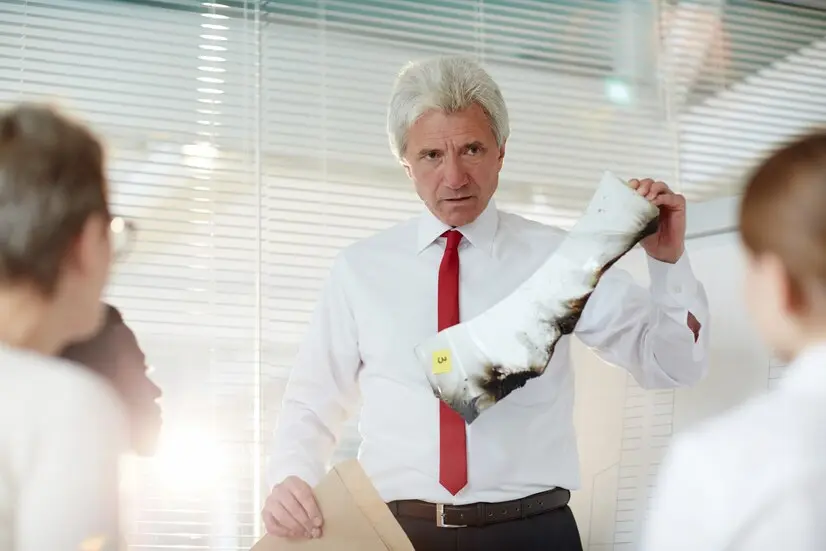Understanding Slip and Fall Accidents
Slip-and-fall incidents are more common than most people realize and can lead to surprisingly severe outcomes. They can occur on public sidewalks, retail stores, or private residences. Often, these accidents result from overlooked environmental conditions. Understanding slip and fall liability is crucial for both property owners and visitors. It involves recognizing how these incidents happen and what legal responsibilities might arise. Slips and falls are not merely physical mishaps; they are legal scenarios waiting to unfold, depending on how they are handled post-occurrence.
Liability and Duty of Care
A fundamental legal concept in these situations is the ‘duty of care.’ This principle obligates property owners to implement appropriate measures to guarantee the safety of their premises for visitors. This might mean cleaning up spills promptly, fixing damaged flooring, or ensuring well-lit stairwells. The duty of care acts as a legal guide and promotes a safety-first approach in property management. When this duty is not fulfilled, and someone is injured as a result, the property owner could be held liable for negligence.
Common Causes of Slip and Fall Accidents
- Wet or slippery floors: Spills and adverse weather conditions are the primary causes of such incidents. Businesses must promptly clean up spills and erect warning signs to inform individuals nearby.
- Uneven or damaged walking surfaces: Cracked sidewalks or torn carpeting can be treacherous, especially for older people or those with mobility issues.
- Lack of adequate lighting: Poor lighting can obscure obstacles and create a hazard, particularly in stairwells and parking areas.
- Cluttered pathways: Walkways obstructed by furniture, boxes, or other objects pose a tripping hazard and should always be clear.
Recognizing these hazards is the first step in prevention. By understanding the common causes of slip and falls, property owners can better prepare to address these issues before they lead to injury.
Steps to Take After a Slip and Fall
- Obtaining medical assistance without delay is imperative, regardless of how minor the injuries may appear. Prioritizing health is paramount, as medical documentation can provide vital evidence to substantiate a claim.
- It is essential to promptly notify the property owner or manager regarding the incident, providing a detailed account of the events and specifying the precise location.
- Document the scene with pictures and notes. This could include photographs of the hazard, worn footwear, and environmental conditions.
- Collect the contact information of witnesses who could provide testimony to support your account of the incident.
These actions are essential for safeguarding individual rights and establishing a foundation for any possible legal claims. They ensure the required evidence is available when pursuing compensation for damages or injuries sustained.
Filing a Legal Claim
A successful legal claim relies on establishing that the property owner acted negligently. This requires evidence that a dangerous condition was present, that the owner was aware of it (or should have been), and that this condition was the direct cause of the injury. Solid evidence, such as surveillance video or maintenance records, can help substantiate a case. Legal professionals can offer essential support in maneuvering through this process, aiding you in comprehending your rights and possible compensation claims.
Potential Defenses Property Owners Use
Property owners may employ various defenses to shirk liability. They might argue that the injured party was not paying attention or was illegally trespassing on the property. Another common defense is claiming the hazard was obvious and should have been avoided by a reasonable person. By understanding these common defenses, claimants can better prepare their cases and respond effectively, ensuring they have a robust claim that stands up in court.
Recent Trends in Slip and Fall Litigation
Recent trends show that slip and fall claims are becoming more frequent and sophisticated. With the evolution of technology, many cases now utilize technological evidence, such as digital documentation and video surveillance. This technological edge allows claimants to present irrefutable proof, possibly leading to swifter settlement resolutions. Awareness of such trends can help potential claimants prepare better for the legal challenges ahead.
Prevention: A Key to Reducing Liability
Prevention is a proactive way to mitigate risks associated with slip and fall accidents. Property owners are advised to conduct regular safety inspections, promptly address issues, and provide visible warnings for known hazards. Owners protect visitors and shield themselves from potential legal repercussions by taking these preventive measures. Committing to safety is fundamental in fostering an environment where accidents are minimized, and liabilities are effectively managed.

